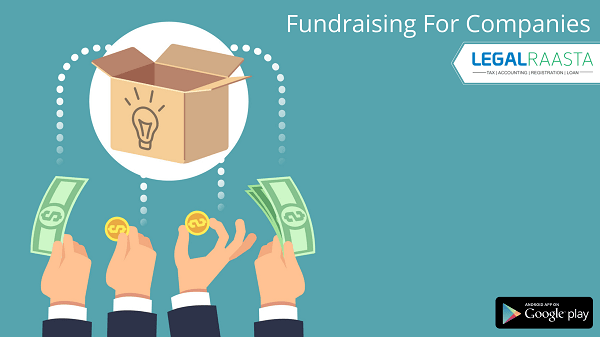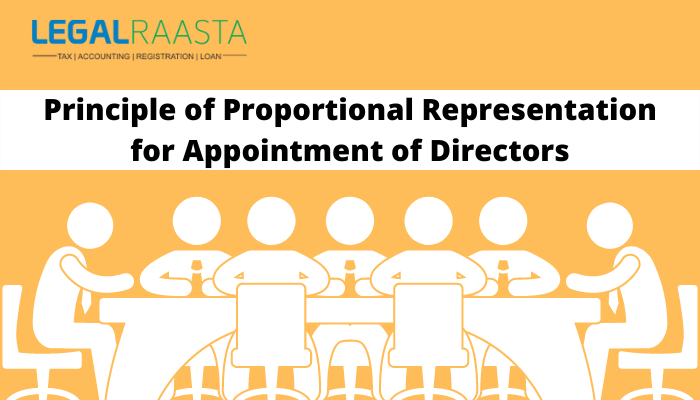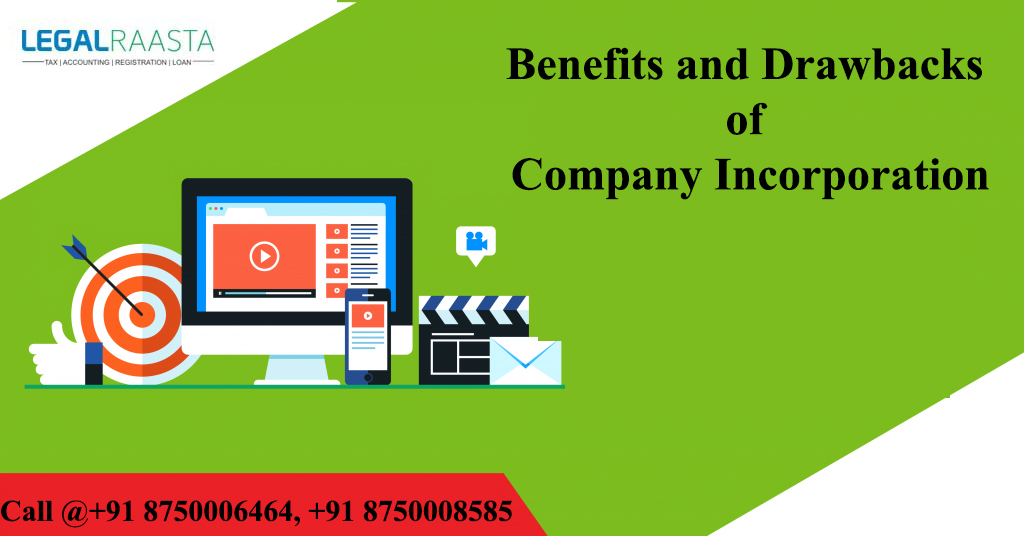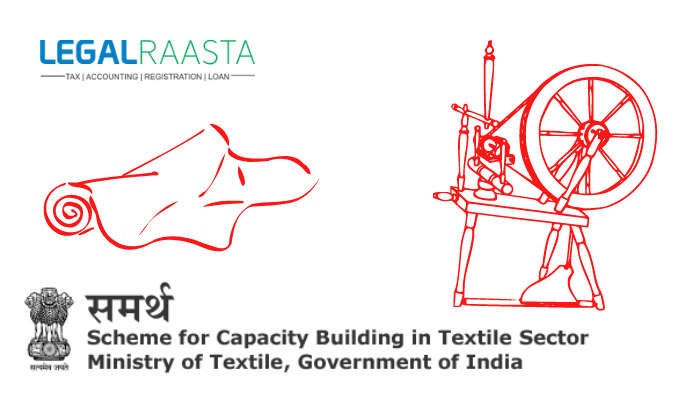Fundraising for companies
The method of identifying and obtaining voluntary financial donations by contacting individuals, corporations, charitable foundations, or government agencies is fundraising or fund-raising. While fundraising is actually performed to raise funds for non-profit organizations, it is often used to refer to investor identification and solicitation or other sources of capital for for-profit firms. In the past, fundraising used to consist mostly of asking for donations through face-to-face fundraisings, such as door-knocking. All of us remember that so many people came to our houses asking for donations, donation boxes in their hands right? In recent years, though, new forms such as online fundraising or the reformed version of grassroots fundraising have come into existence. There are many ways for fundraising, we’ll discuss some of them here.How Fundraising Works
Following are some of the ways companies can raise their funds –Fundraising Events OR Fundraisers
A fundraising event (also called a fundraiser) is an event or campaign whose primary purpose is to raise money for a cause, charity, or non-profit organization. Fundraisers usually benefit charitable, non-profit, religious, or non-governmental organizations, though there are also fundraisers that benefit private or governmental companies and individuals. Special events are another method of raising funds. These range from formal dinners to benefit concerts to walkathons. These types of events are used to increase visibility and support for an organization as well as raising funds. Events may provide community activities to promote group engagement and giving, such as speakers, a dance, an outing, or entertainment. Events can also include fundraising methods such as a raffle or charity auction. Events usually have noteworthy sponsors or honoree. Also, Events often feature a charity “ad book” as a program guide for the event, but more importantly, as another fundraiser providing members, supporters, and vendors to show their support of and to the group at the event by way of placing an ad-like page, ½ page, ¼ page, stating or showing support. Special events and fundraisers associated with them can be a major source of a group’s revenue, visibility, and donor relations. One specific type of event is the “ad book” fundraiser, where the people who want to donate funds to a fundraising group do so through the sponsorship or statement within a book of advertisements. Online fundraising pages have become very popular for people taking part in activities such as charity. These types of pages help the organizations in online payments to support the charity. Popular charity fundraisers in major American cities include lavish black-tie gala benefit dinners that honor celebrities, philanthropists, and business leaders who help to fundraise for the event’s goals through donating funds to their social and business connections. Some other famous fundraisers can be pay-for-entry concerts, done by big stars as a charity.Donor Relationship and Cultivation
Usually referred to as donor cultivation, relationship building is the foundation on which most fundraising takes place. Most fundraising development strategies divide donors into a series of categories based on the amount and frequency of donations. For example, annual giving and recurring gifts represent the bottom category of a fundraising pyramid. Mid-level gifts, expected gifts, big gifts, and principal gifts will follow this. More complex strategies use tools to create demographic and other market segmentation data against their database of donors in order to more accurately customize communication and more effectively target resources. Research by Peter Maple in the UK shows that charities usually do not enough much in good marketing research spending approximately one-fourth of what an equivalent sized for-profit company might spend. Donor relations and stewardship professionals help fundraisers by recognizing and thanking donors, and demonstrating the impact of their donations in a manner that will pursue them for future giving to nonprofit organizations. Recent research by Adrian Sargeant and the Association of Fundraising Professionals’ Fundraising Effectiveness Project estimates that the sector has a long way to go in enhancing the quality of donor relations. Between their first and second donations, the sector typically loses 50-60 percent of its newly acquired donors and one in three, year after year and afterwar. The economics of regular or sustained giving are rather different, but even then organizations routinely lose 30% of their donors from one year to the next.Capital and Comprehensive Campaigns
A capital campaign is defined as “an intensive fundraising effort designed to raise a specified sum of money within a defined time period to meet the varied asset-building needs of an organization”. Asset-building activities include the construction, renovation, or extension facilities (for example, a new building), the obtaining or improvement of land, equipment, or other items, and additions to financial funding. Two features distinguish capital campaigns from other forms of fundraising activities. First, “the gifts solicited are much larger than those generally sought during an annual fund”. Second, “pledges are emphasized as commitments payable over a number of years convenient to the donor or through the transfer of appreciated real or personal property”. Many different types of capital campaigns have been identified. The traditional “brick and mortar” campaign, focused on constructing or improving constructions, was thought of as a “once in a lifetime” campaign in the past because of the aspiring goals of the campaign. Today, however, organizations often schedule capital campaigns every five to ten years, and “the mega goals announced by large institutions often are the result of ‘counting everything’ during a five-to seven-year campaign period”. The second type of campaign is the comprehensive, integrated, or total development campaign, whose main aim is a longer fundraising program based on a long-term analysis of the organization’s necessities and direction. This form of the campaign can wrap together capital projects, funding, and operating expenses as its purpose, and use a lot of different fundraising activities, such as annual gift drives, which are “slower-paced and lack the intensity of the traditional capital campaign”.Accountable Fundraising
Some non-profit organizations show more accountability by showing donors the direct impact of their fundraising efforts. This accountability may come in the form of a vote, where the members select a certain program or charity that they would like their money to go to. Another example is put in place a mechanism that enables donors to constraint the usage of funds toward a specific purpose and closely monitors spending to ensure proper usage.Professional Fundraisers
Many non-profit organizations take benefits of the services of professional fundraisers. These fundraisers can be charged for their services either by fees unrelated to the amount of money to be raised or through providing them with a percentage of the funds raised (percentage-based compensation). The latter approach is clearly forbidden under the Code of Ethics of the Association of Fundraising Professionals (AFP), a professional membership body. However, till now the most common practice of American non-profits is to hire a staff person whose main responsibility is fundraising. This person is paid a salary just like any other employee and is generally a part of the top management staff of the organization. Even so, some non-profit organizations hire fundraisers who are paid a percentage of the funds they raise. In the developed countries, this ratio of funds retained to funds passed on to the non-profit is subject to reporting to a number of state’s Attorneys General or Secretaries of state. This ratio may vary much and subject to change over time and place, and it is a point of disagreement between a segment of the general public and the non-profit organizations. The term “professional fundraiser” is in many cases a legislated term referred to third-party firms whose services are contracted for, whereas “fundraising professionals” or development officers are usually individuals or staff at charitable non-profits. Although it may be confusing, the distinction is an important one to note.Online & Mobile Fundraising
Online and mobile fundraising has become a popular fundraising method over the course of the last few years due to its accessibility. Fundraising organizations are using mobile and online fundraising providers to lure donors around the globe. In common online and mobile fundraising methods online donation pages, text to give, mobile silent auctions, and peer to peer fundraising are included. Since 2016, online giving has grown by 17% in the United States. In 2018, digital fundraising accounted for 8.5% percent of charitable donations and 24% of online donations were made on a mobile device in the United States. These were some of the major fundraising methods used, now the question is, where do these organizations get these donations?Investment Pitch desk
Pitch Deck is actually a short introduction that gives investors information about your business model, products/services, monetization strategy, and your company's market situation. Most Venture Capitalists, private firms, banks, and other financial institutions are looking for a business plan before the process can continue. It needs to be visually appealing with a small text and at the same time define, communicate effectively with your business potential. Some of the things that go into a well-executed business plan (or deck) are:- Elevator Pitch - A short section on an issue you are trying to solve.
- Solution - The answer to the problem you are trying to solve.
- Market Analysis - Market data and strong competition analysis.
- USP - Proof that your business is different from other businesses and why it will be successful.
- Business Model - When you believe you have added value and what customers will end up paying.
- Market strategy - How to reach customers and reassure them. How, in time, this strategy will change.
- Current Withdrawal - What has the business already achieved?
- Founding Team - Background for each founding member and other major players.
- Enter the words at the bottom left of the dock cover: “Privacy and Identity. Copyright (c) by [Company Name]. All rights reserved."
- Reassure the viewer why the market opportunity is so great.
- Include visual graphics and photos.
- Send pitch deck in PDF format to potential pre-conference investors. Do not force an investor to find it on Google Docs, Dropbox, or any other online service, as you are simply placing a bar on the investor you are actually reading.
- Plan to have a demo of your product as part of a personal presentation.
- Tell a compelling, memorable, and engaging story that shows your love for the business.
- Show that you have more than a fair idea and that you have a first impression of making a product, getting customers, or signing up for partners.
- Do you have a soundbite for investors who remember you?
- Use the best font size, color, and theme style for most slides.










